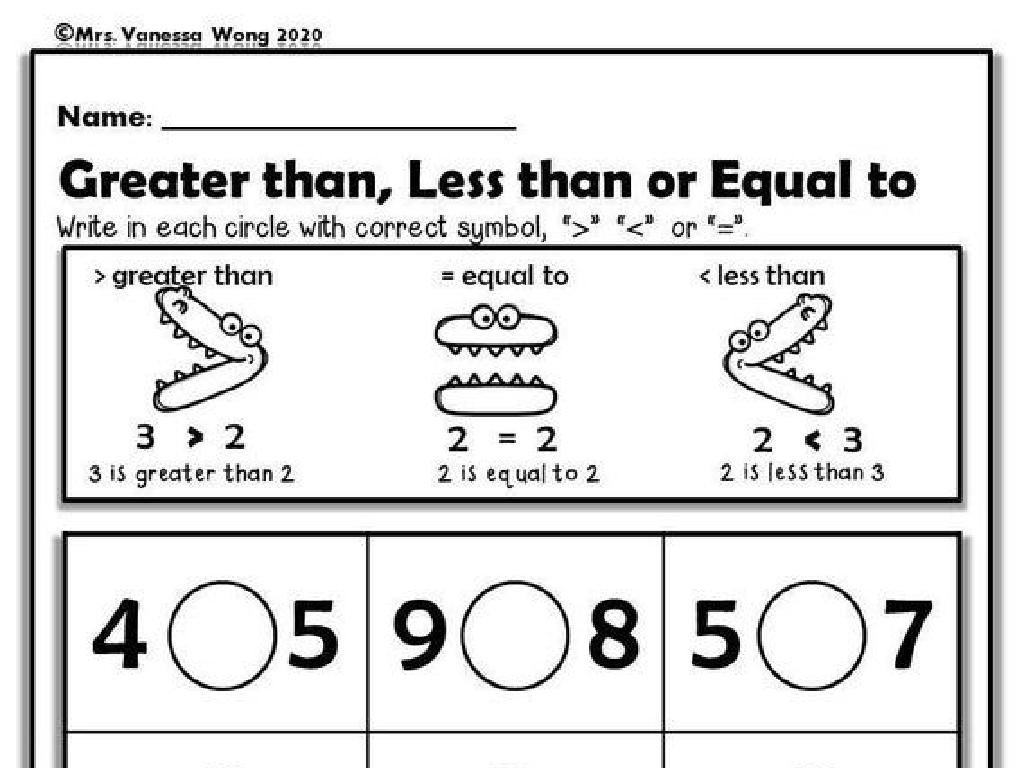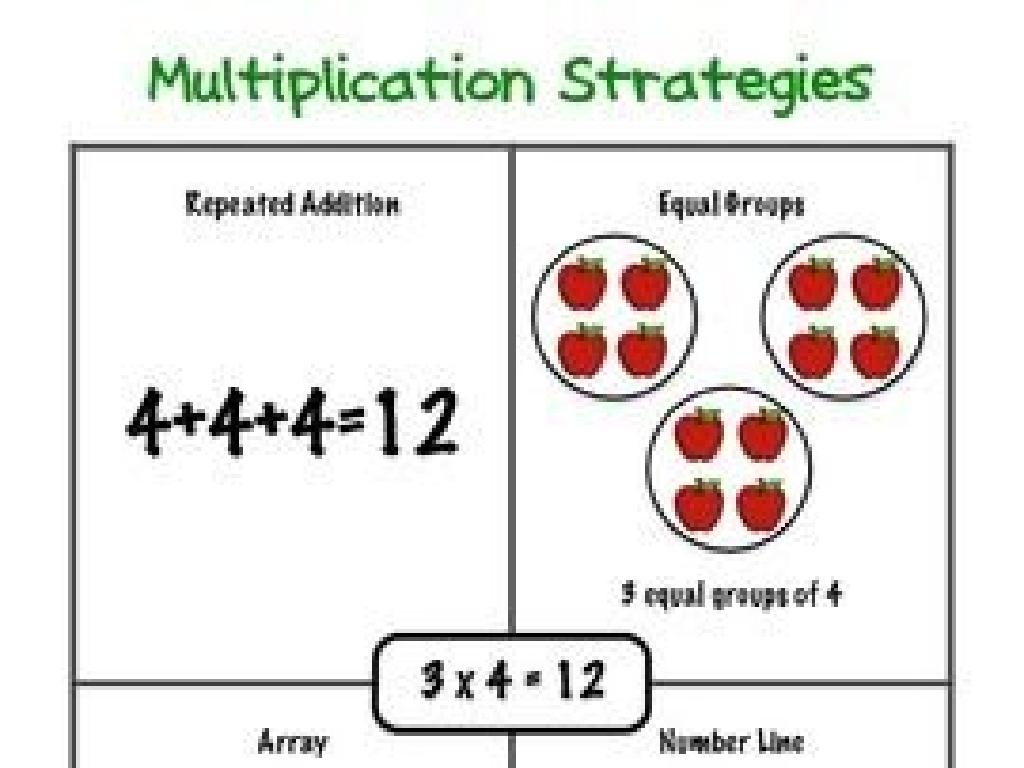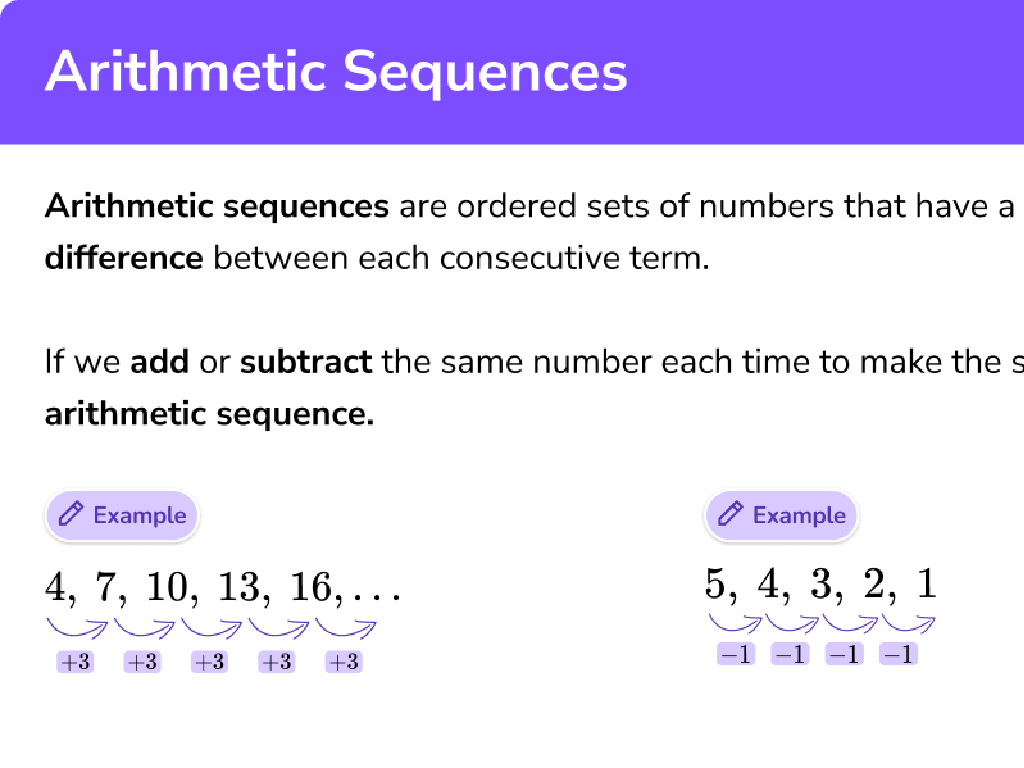The First Party System: Federalists And Democratic-Republicans
Subject: Social studies
Grade: Seventh grade
Topic: The Early Republic
Please LOG IN to download the presentation. Access is available to registered users only.
View More Content
The First Party System in the Early Republic
– Birth of American politics
– Overview of the First Party System
– The start of organized political groups in the U.S.
– Federalists’ beliefs and influence
– Led by Hamilton, they favored strong central government
– Democratic-Republicans’ stance
– Led by Jefferson, they advocated for states’ rights and agrarianism
|
This slide introduces students to the early stages of American political history, focusing on the emergence of the First Party System. It’s crucial to explain that the birth of American politics was marked by the creation of political parties, which were groups of people with similar political goals and ideas. The Federalists, led by Alexander Hamilton, believed in a strong central government and a robust economy based on industry. On the other hand, the Democratic-Republicans, led by Thomas Jefferson, supported the idea of states’ rights and an economy based on agriculture. This division laid the foundation for the two-party system we see in the United States today. Encourage students to think about how these early political debates might influence our current political system.
The First Party System: Setting the Scene
– Post-Revolution governance needs
– After independence, America needed a strong government to unite the states.
– Crafting the Constitution
– The Constitution was created to establish federal laws and rights.
– Challenges for the new nation
– The young nation faced foreign and domestic issues, including economic and territorial challenges.
– Emergence of political parties
|
This slide introduces students to the context in which the first party system emerged in the United States. After the American Revolution, there was a clear need for effective governance to bring together the diverse interests of the newly independent states. The Constitution was drafted to address this need and to lay the foundation for national laws and civil liberties. However, the new nation faced numerous challenges, such as managing relations with foreign powers, stabilizing the economy, and dealing with internal disputes over the extent of federal power. These challenges set the stage for the development of the first political parties, as leaders had differing visions for the future of the nation. Encourage students to think about how these early decisions and challenges could lead to the formation of political groups with distinct ideologies.
Who Were the Federalists?
– Federalists led by Hamilton
– Alexander Hamilton was the prominent figurehead
– Advocated for strong central gov’t
– Believed in a powerful federal government over state power
– Favored industry and commerce
– Supported tariffs and business to bolster the economy
– Influenced by Hamilton’s economic plan
– Hamilton’s financial policies shaped their agenda
|
The Federalists, led by Alexander Hamilton, were one of the first political factions in the United States. They championed the idea of a robust central government, which they believed was essential for the nation’s stability and growth. Their policies were geared towards supporting industrialization and trade, which included the implementation of tariffs and the creation of a national bank. Hamilton’s economic plan was a cornerstone of the Federalist agenda, aiming to establish financial order, national credit, and economic development. When discussing this slide, emphasize the contrast between Federalists and Democratic-Republicans, particularly in terms of their views on government power and economic strategy. This will set the stage for understanding the fundamental political debates that shaped the early years of the Republic.
The Democratic-Republicans
– Founded by Jefferson & Madison
– Thomas Jefferson and James Madison were key leaders.
– Advocated for states’ rights
– They believed in the importance of state power over federal.
– Supported agricultural interests
– They prioritized farming and rural life over urbanization.
– Favored limited federal government
– They wanted a smaller national government with fewer powers.
|
The Democratic-Republicans, also known as the Jeffersonian Republicans, were one of the first political parties in the United States. They were founded by Thomas Jefferson and James Madison in opposition to the Federalist Party. The party championed states’ rights and believed that the Constitution should be strictly interpreted to limit the powers of the federal government. They also advocated for the agrarian interests, reflecting the belief that the strength of the U.S. economy lay in farming. This slide will help students understand the core beliefs of the Democratic-Republicans and how they influenced the political landscape of the early United States. Discuss how these beliefs contrasted with those of the Federalists, led by Alexander Hamilton, who favored a strong central government and a more industrialized economy.
Key Differences: Federalists vs. Democratic-Republicans
– Economic policy contrasts
– National Bank support vs. opposition, tariff views
– Divergent foreign policies
– Federalists favored Britain, Democratic-Republicans favored France
– Constitution: Loose vs. Strict
– Federalists interpreted the Constitution loosely, Democratic-Republicans strictly
– Impact on U.S. politics
|
This slide highlights the fundamental differences between the Federalists and the Democratic-Republicans during the Early Republic. In terms of economic policies, Federalists supported a strong central bank and high tariffs to protect budding U.S. industries, while Democratic-Republicans opposed these measures, favoring agricultural interests. Foreign policy was another area of contention; Federalists sought closer ties with Britain, whereas Democratic-Republicans preferred France, especially after the French Revolution. The interpretation of the Constitution was also a major dividing point, with Federalists advocating for a loose interpretation that allowed for implied powers of the federal government, and Democratic-Republicans advocating for a strict interpretation that limited the federal government’s role. These differences had a lasting impact on U.S. politics and laid the foundation for the country’s first political party system. Encourage students to consider how these historical debates continue to influence political discourse today.
Impact of the First Party System on U.S. Politics
– Shaped American political ideology
– Federalists and Democratic-Republicans set foundational ideas for U.S. governance
– Influenced future political parties
– Many modern parties’ values trace back to these early groups
– Legacy in today’s politics
– Current political strategies and divisions reflect early party system dynamics
|
This slide examines the lasting impact of the First Party System on the United States, highlighting how the Federalists and Democratic-Republicans shaped the country’s political ideology. It’s crucial to discuss how these early political parties laid the groundwork for the values and beliefs of modern political parties. Additionally, the legacy of the First Party System can be seen in today’s politics, with many strategies and divisions having roots in the early party dynamics. Encourage students to think about how the ideas and conflicts of the First Party System might be observed in current political debates and party platforms.
Class Activity: Debate on the First Party System
– Split into Federalists vs. Democratic-Republicans
– Prepare debate arguments on the National Bank
– Research your group’s stance, gather facts and prepare to defend your position
– Present arguments to the class
– Engage in a civil debate
– Listen to the opposing side, respond thoughtfully and respect differing opinions
|
This activity is designed to help students understand the differing political philosophies and policies of the Federalists and Democratic-Republicans by actively participating in a debate. Teachers should guide students in researching their assigned group’s perspective on the National Bank, a major issue of contention between the two parties. Encourage students to explore the reasons behind each party’s support or opposition to the bank. During the debate, students should present their arguments clearly and listen to the opposing side with respect. Teachers can facilitate by ensuring the debate remains civil and educational. Possible variations of the activity could include role-playing as historical figures, creating campaign posters, or writing persuasive essays.






